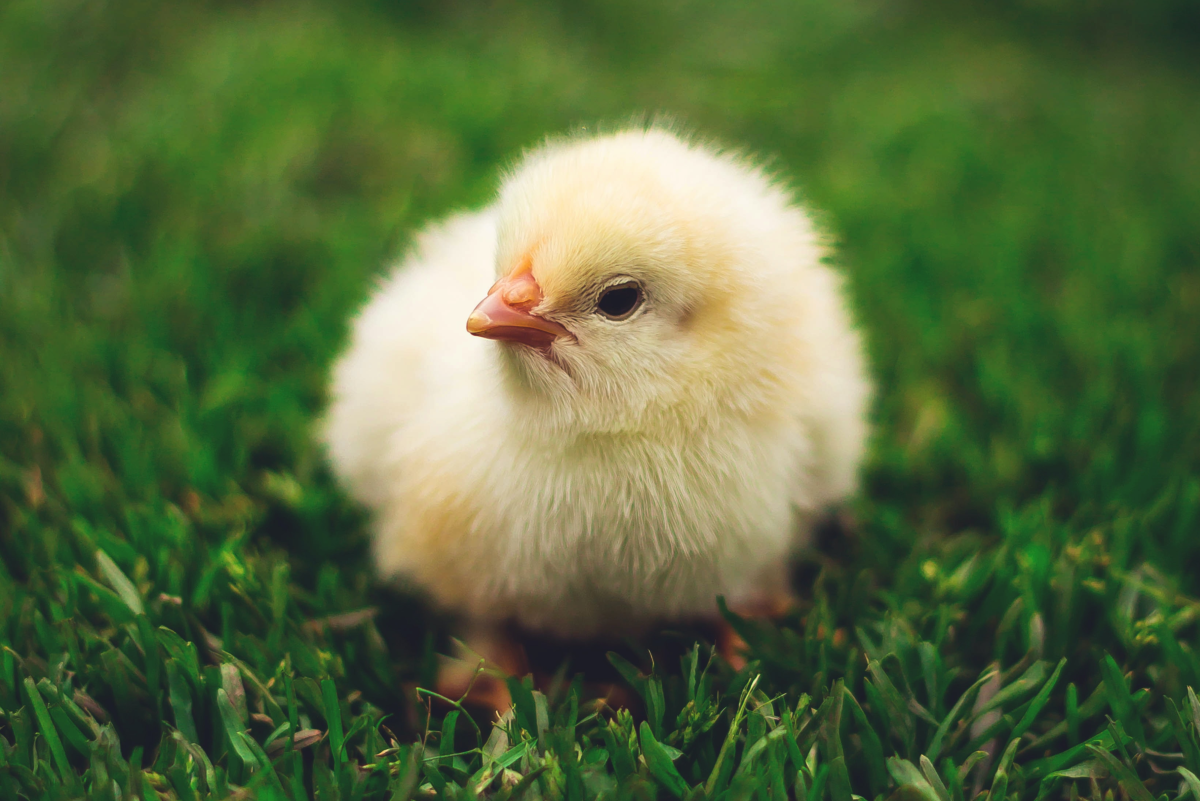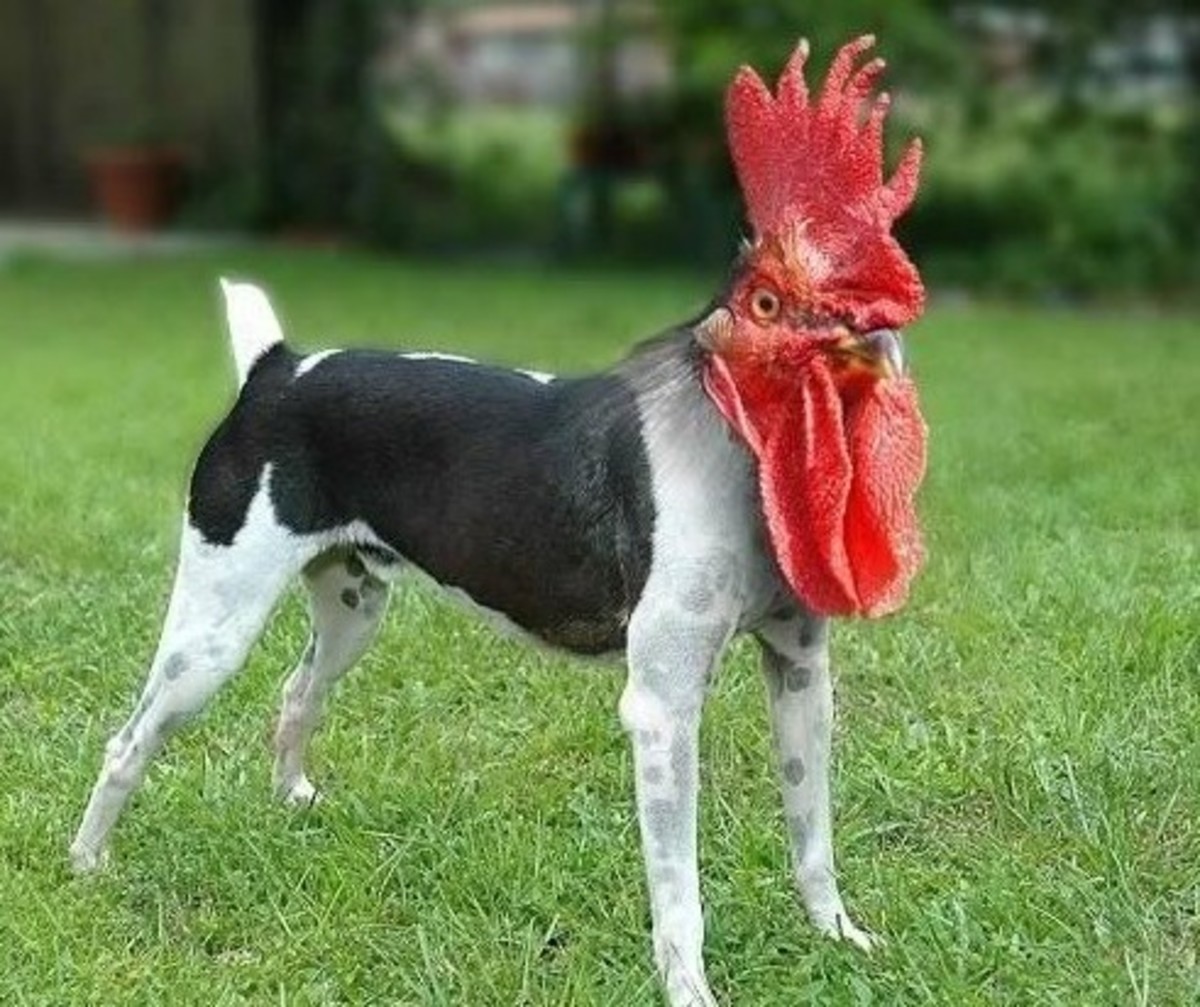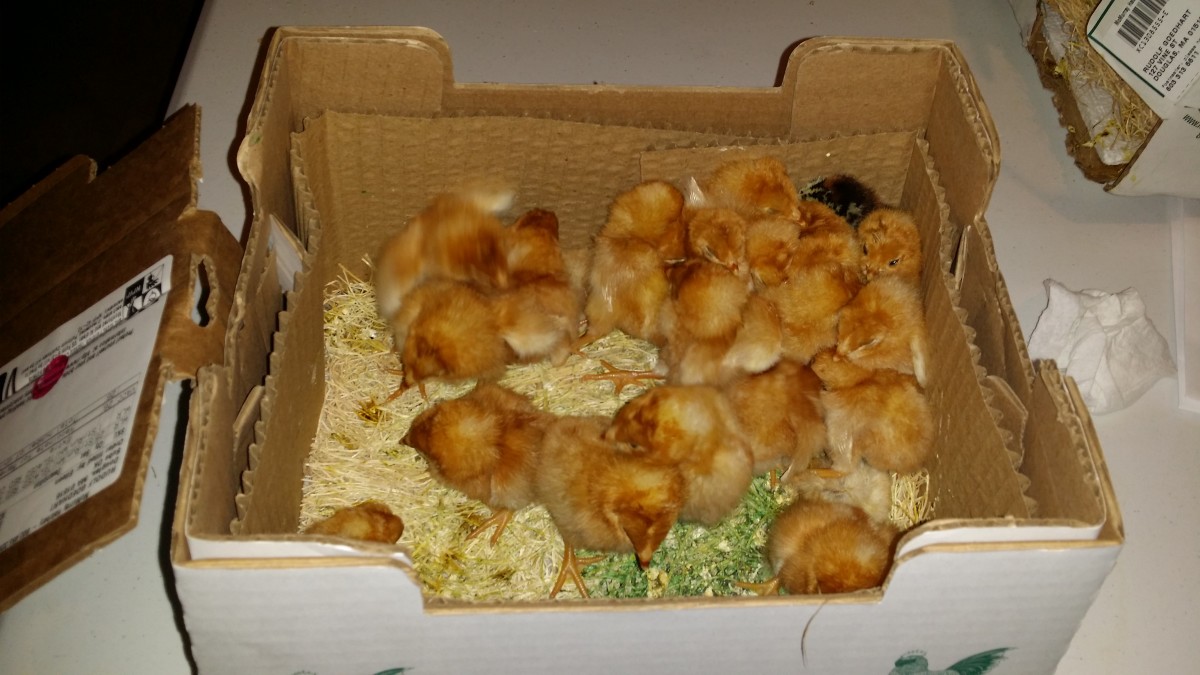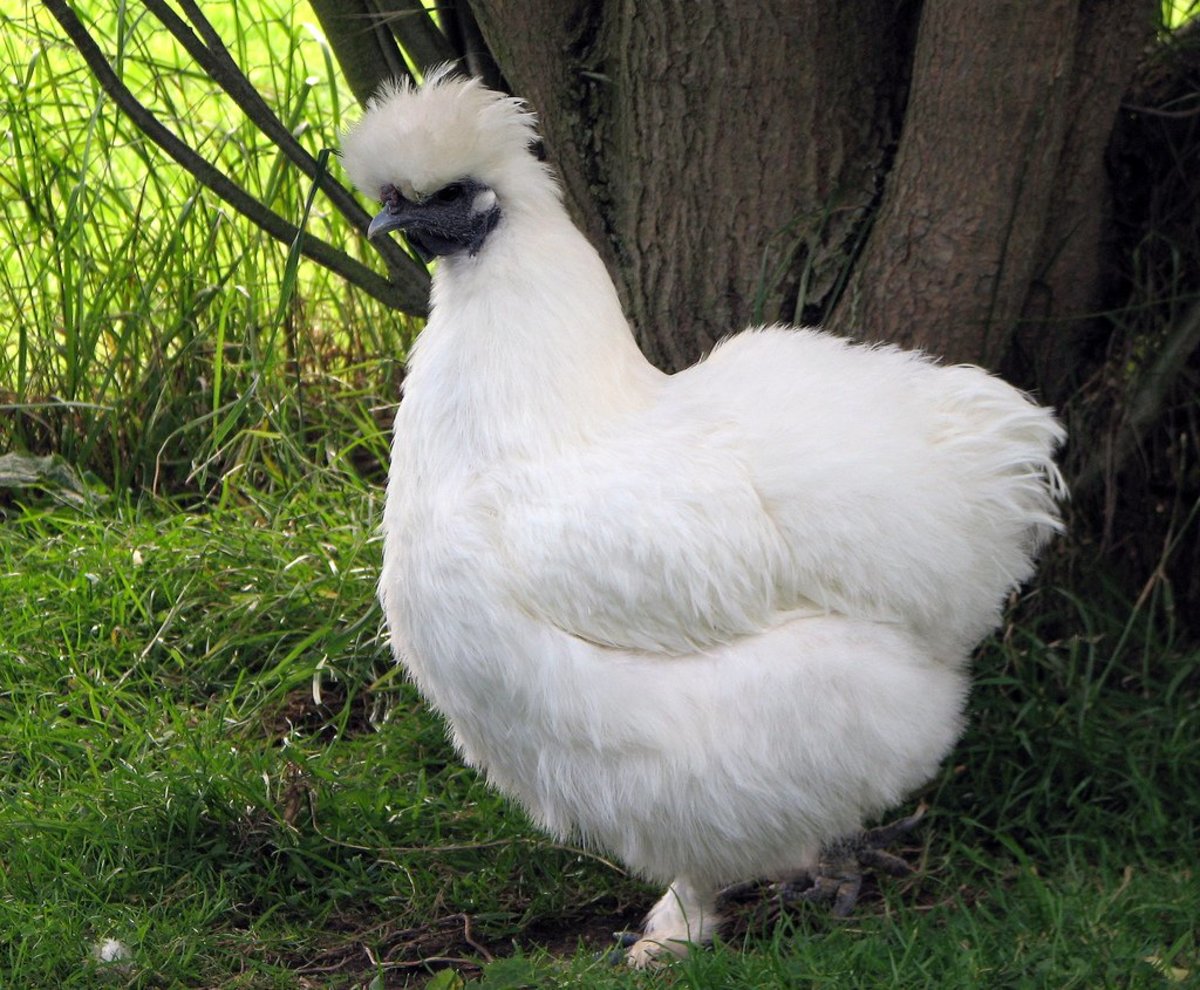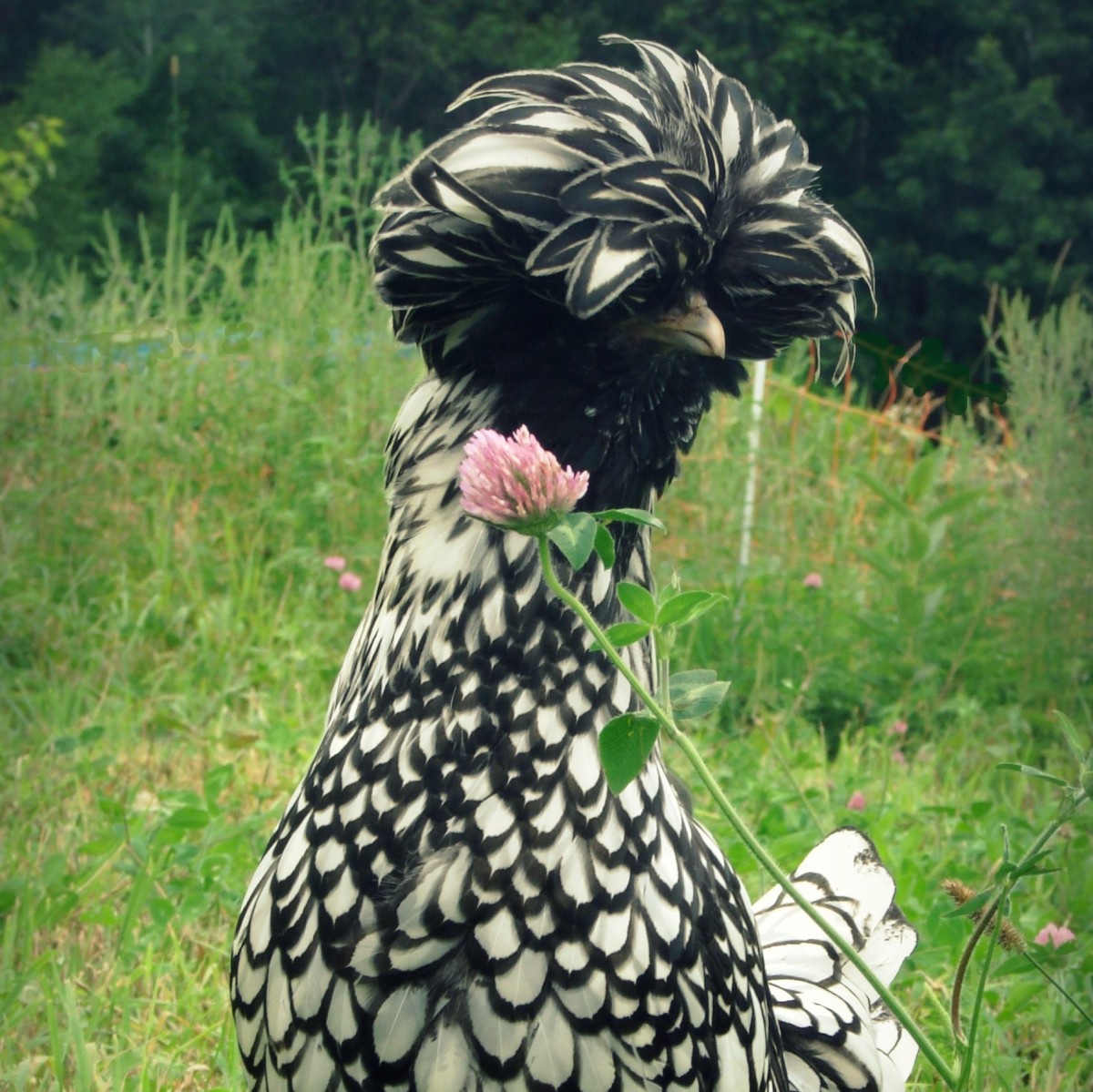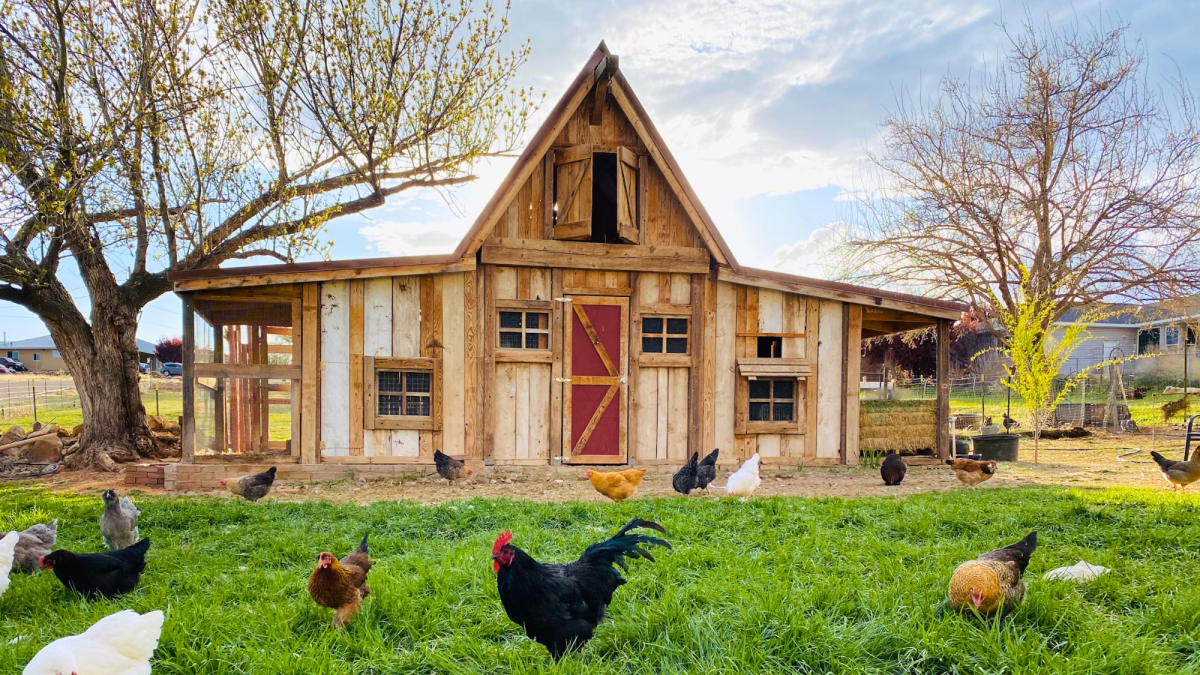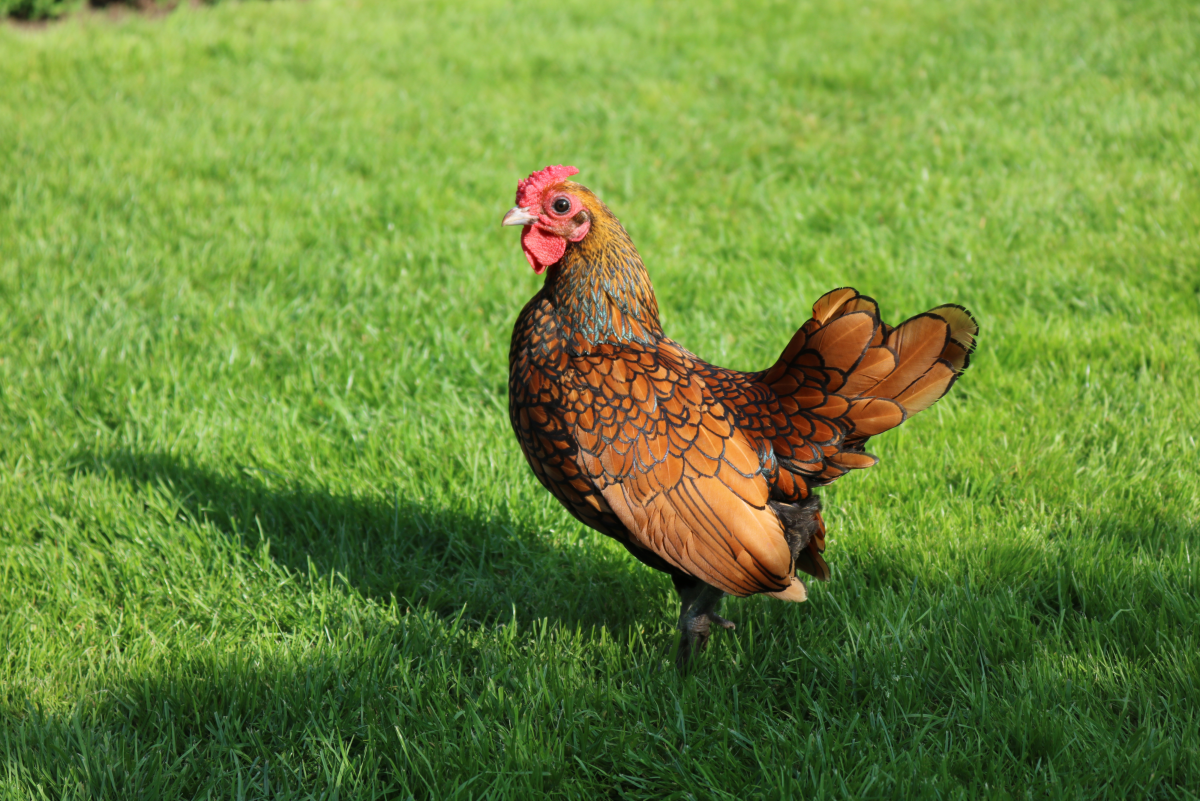Chicken Behavior Video, Dirt baths, Pecking order and Molting
The Weird World of Egg Laying Hens
Unless you have them, chickens can be a real mystery to the average person. They can be moody, emotional, friendly, productive, angry, and most of time just plain fun. If you watch these protein producing dynamos for any length of time, you will discover their world is a weird, yet very practical place to live; as long as you don't mind a few Chicken Dirt Baths, the Pecking Order, and of course Plumage Molting, that is!
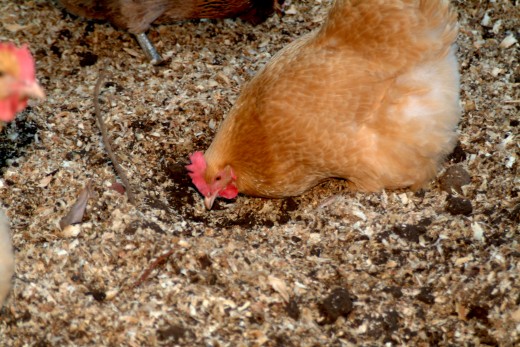
Why Chickens Roll in the Dirt
Chicken Dirt Baths
The Reason Chickens Roll in the dirt are many. Who would think that a dirt bath could help with good hygiene? Well, chickens know all about it. They roll and fluff the dirt under their feathers to keep bugs and other critter off of their skin. When the dirt gets trapped between the feathers, it has a bonus result; cooling. The dirt create gaps so the air can get to the chickens skin and therefore cool the flesh, keeping the bird from over heating.
They start this process by digging out a hole in the ground. They do this by using their strong feet and claws, and then when the hole fits just right, they will settle down inside the new space. This is when the chicken will begin to fluff both wings to agitate the soil, forcing the dirt between the plumage. They also use their beaks to pull the dirt around and under them from the surrounding sides of the hole they just created. This keeps more soil available for the next round of fluffing and digging.
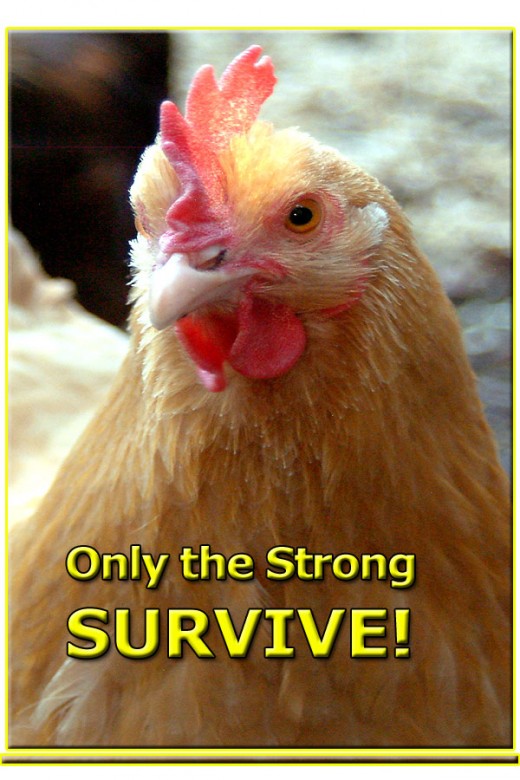
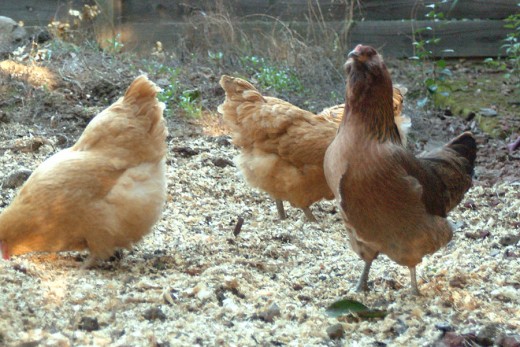
What is Pecking Order
It Really is a "Pecking" Order
When you hear the comment "pecking order" it's clear that it is a form of hierarchy, a ranking system within any given society. The term is derived from our poultry pals. A ranking chicken (hen or rooster) will literally peck a lower ranking bird to show it is dominant. It seems to be a very effective method of managing the flock. Not many upheavals occur, and it is clear among the flock who is in charge. Rank has its privileges among chickens just like in human society or the military. The top hens eat first, get the best place in the house to sleep, and have first grabs at the best looking hens/roosters. This pecking order is vital to produce generation after generation of the best quality birds. It provides that big, healthy, smart, and durable birds propagate their species.
Before and After Feather Molting [Click to See Full Size]
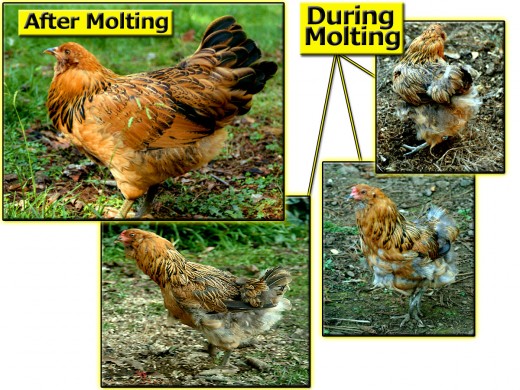
Feather Molting in Hens
Molting is a Tough Process for a Bird
Every year or so chickens will go through a process called "molting" wherein their entire array of plumage falls or gets plucked out, and then new fresh iridescent feathers grow in their place. The birds look just aweful during the replacemnet time, and take on a very homely or hobo looking appearance. Straggling feathers and bare spot are everywhere...it is not a time of the year for a hen to go to a fancy ball! Molting is pretty hard on a bird, it takes a ton of protein to make new feathers, so egg production will generally come to a hault during this time.
The nutritional needs of the flock change during molting, we often give canned tuna fish to them to help boost the protein. Milk, cottage cheese, and even protein supplements from the vet can be given to help with molting. The birds will get a little neurotic and unlike themselves for most of this event. They seem to almost overnight become themselves after the molting is over. No matter what difficulty the flock endures during molting, know that this is NOT a good look on chicken!
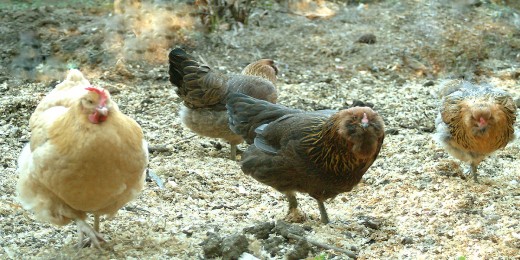
Chicken Behavior
Our backyard flock has been a joy to manage for more than a year now. Watching the dirt baths, pecking order, and even the ugliness of molting, has helped us understand our hens. This year we will know what to expect from our chickens. From egg production to molting, hens are a fascinating first hand education in bird behavior that I wouldn't trade for the world.

